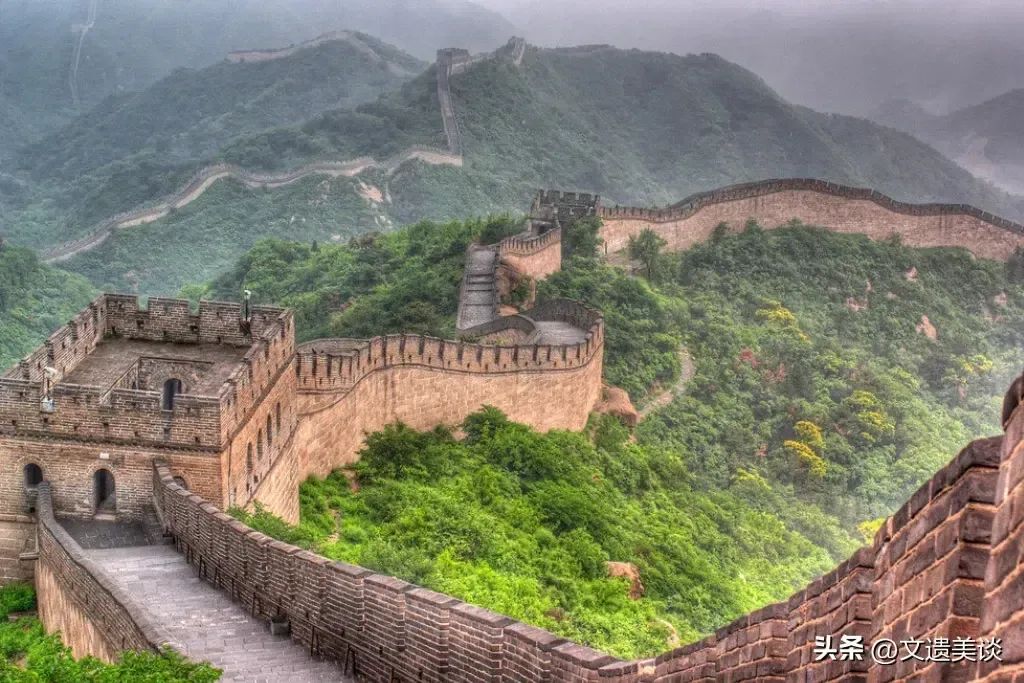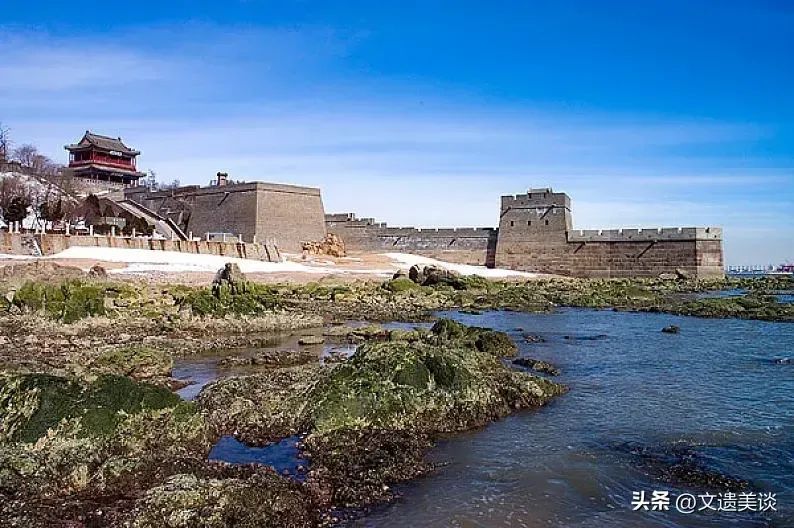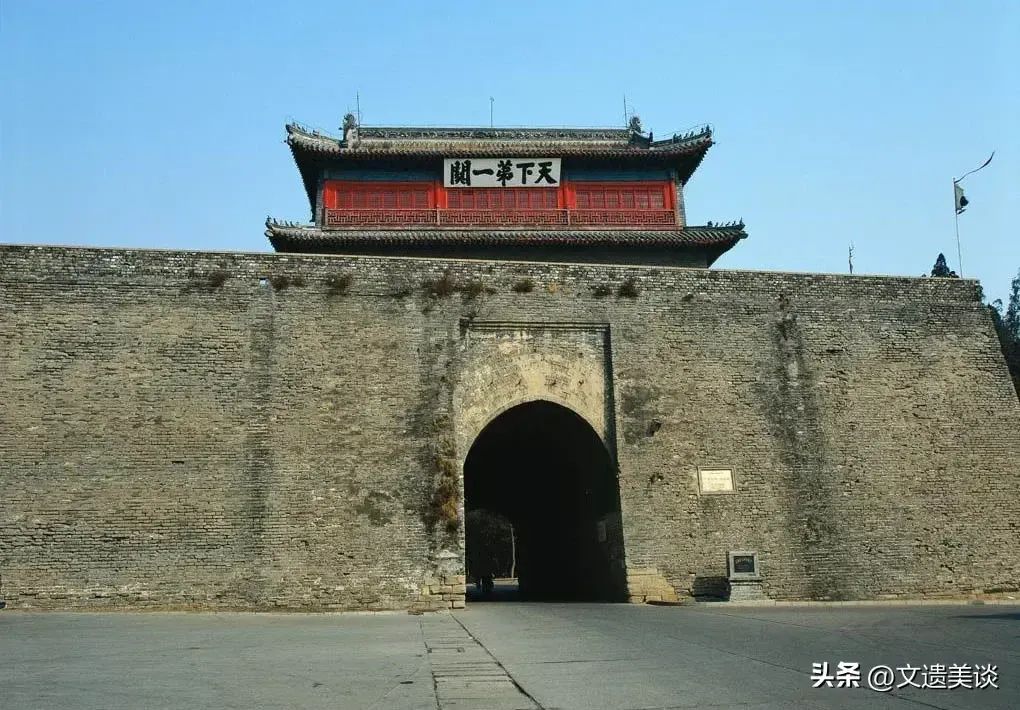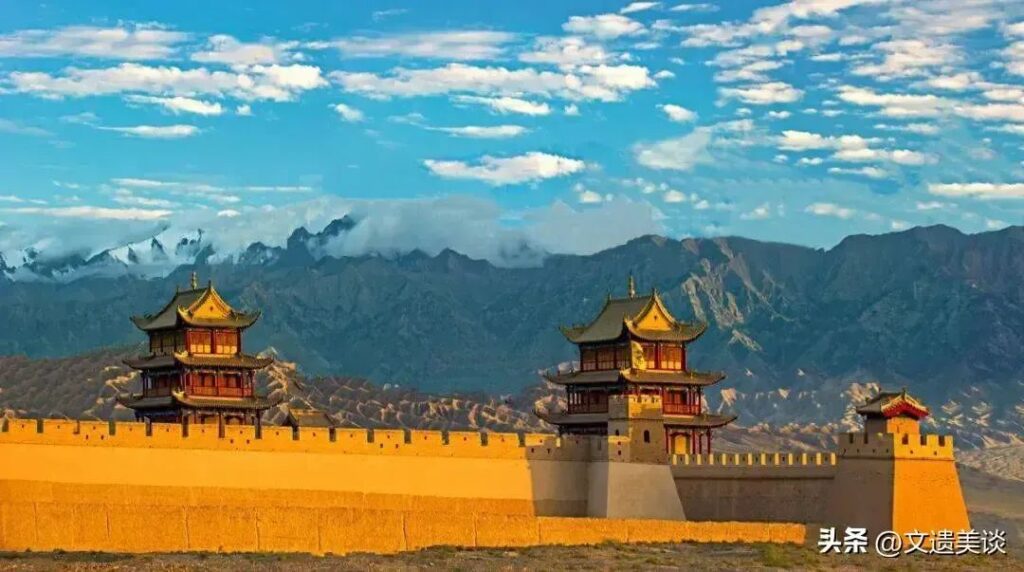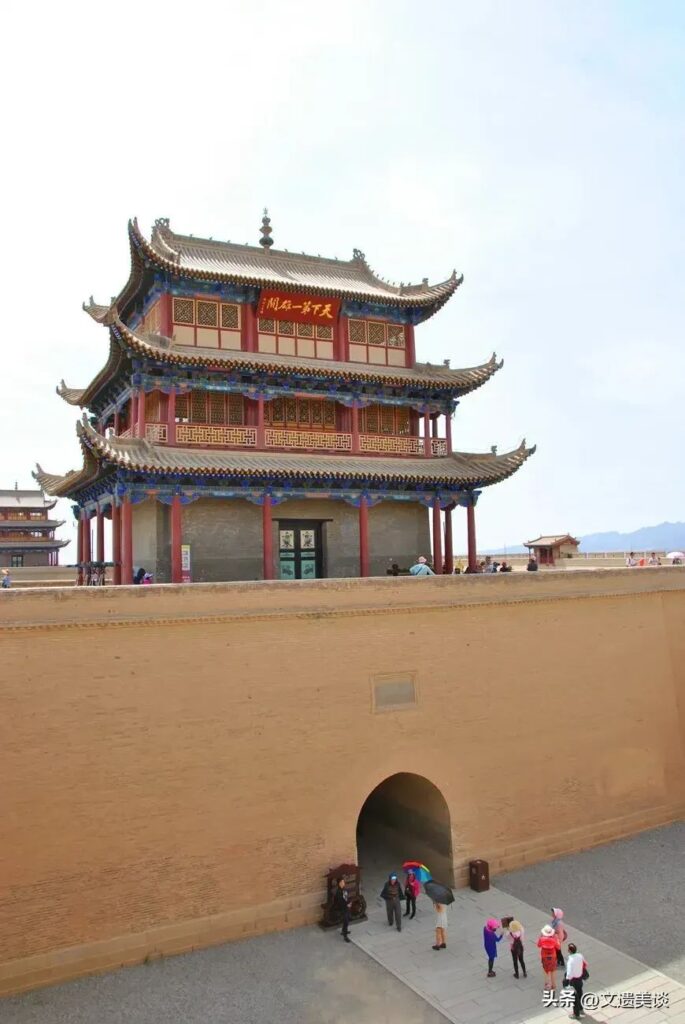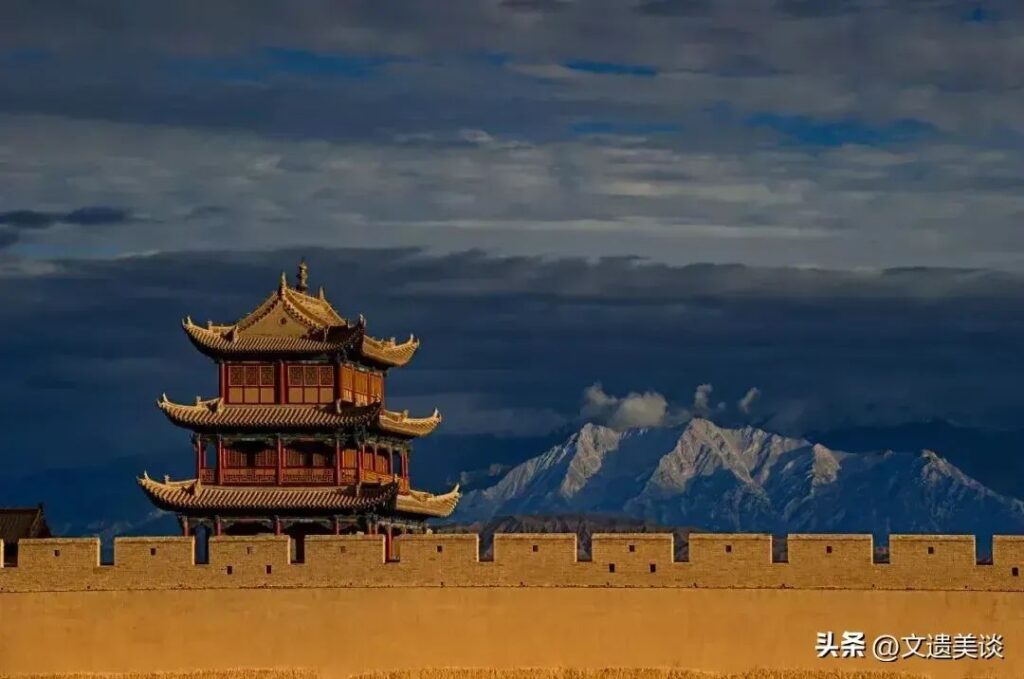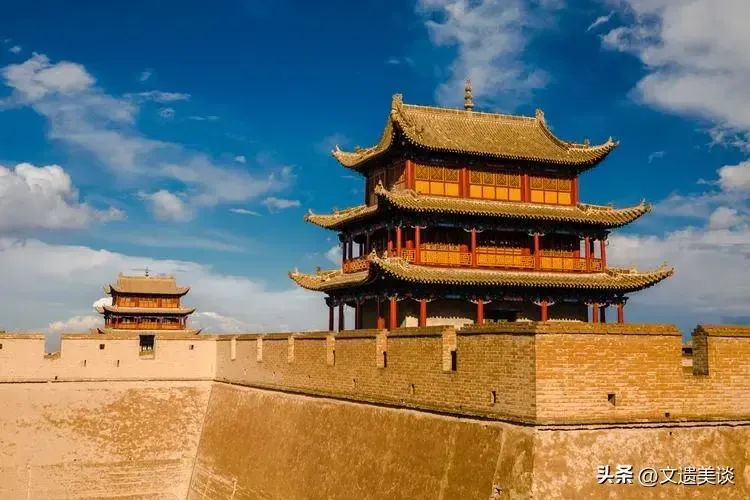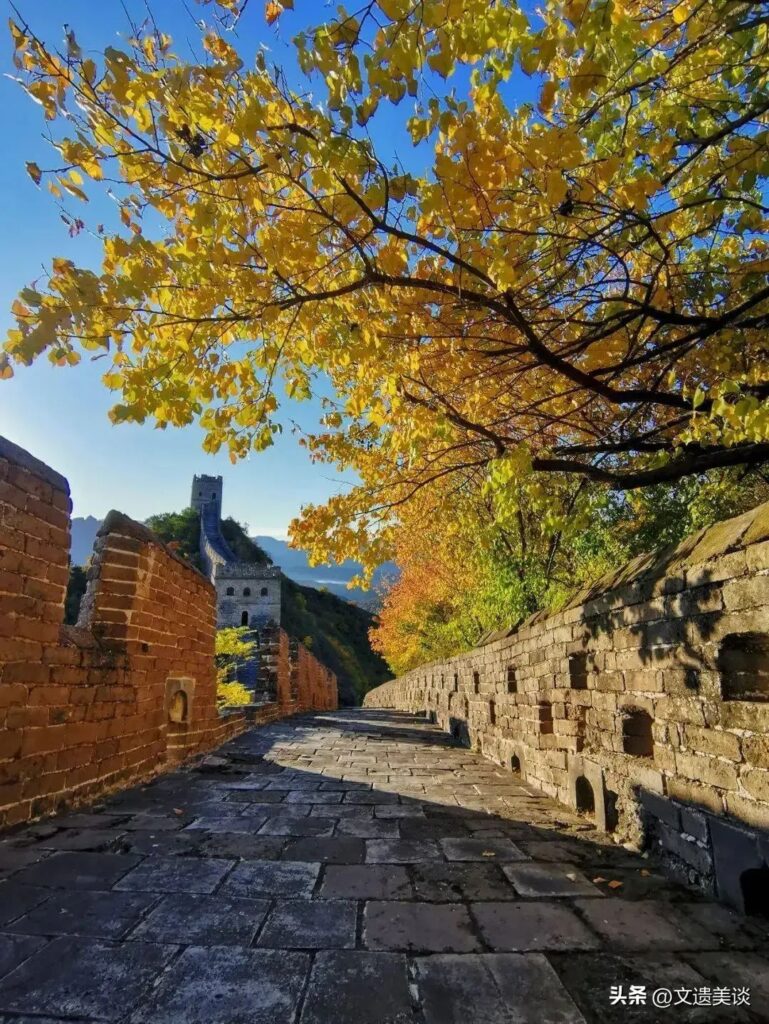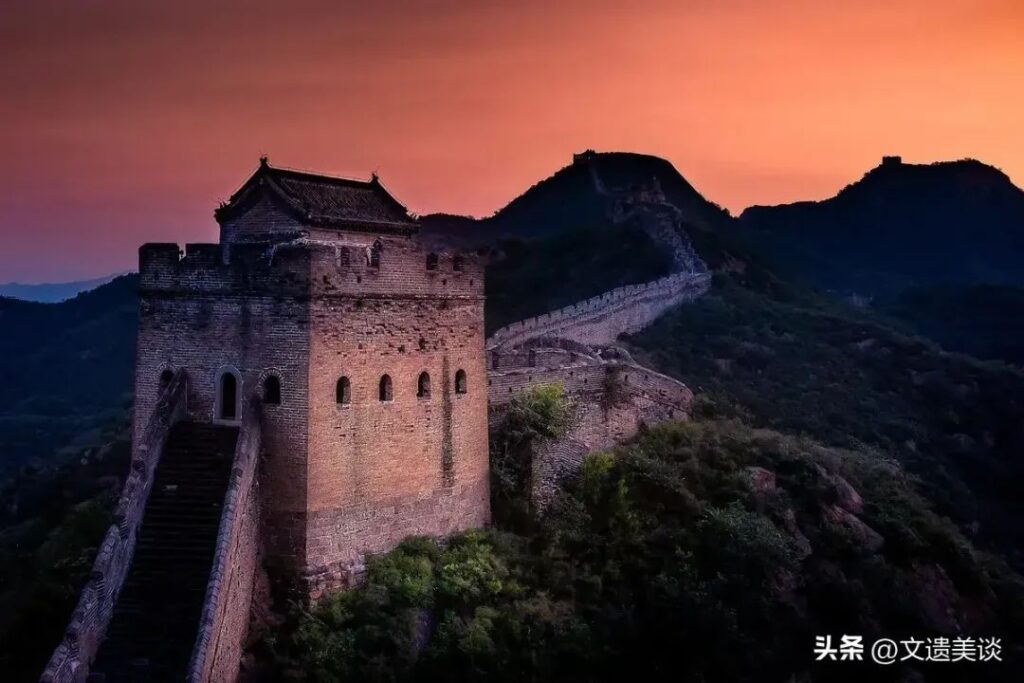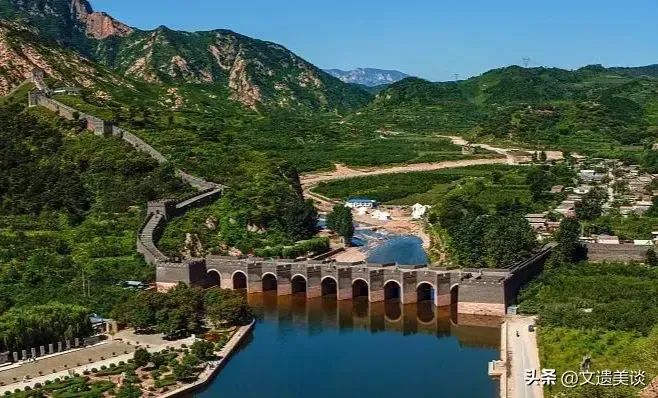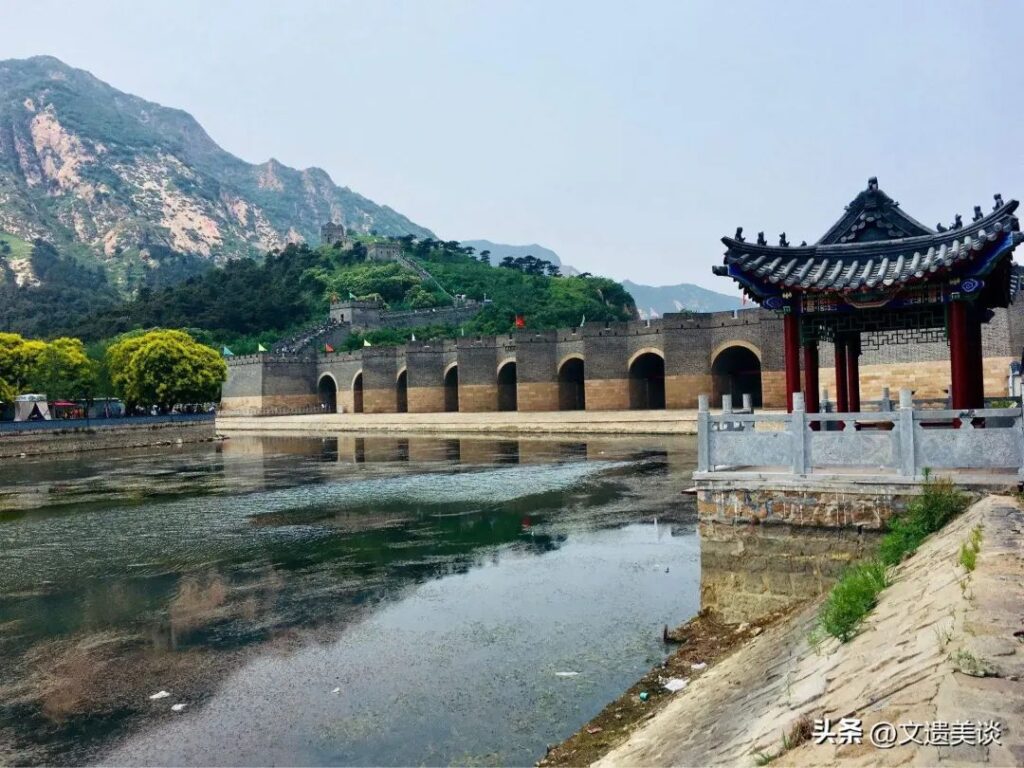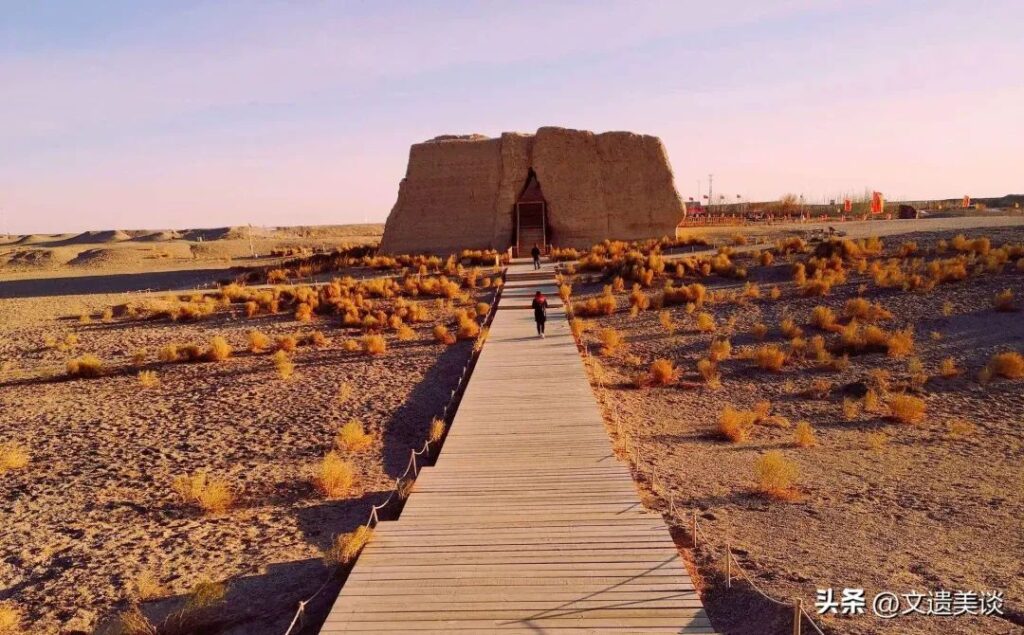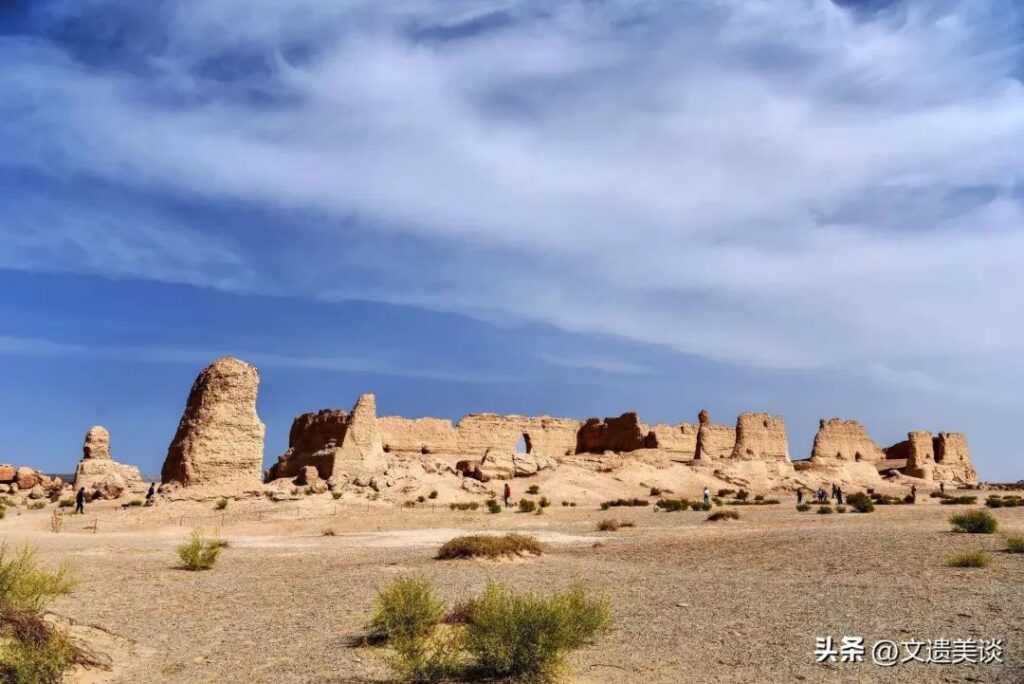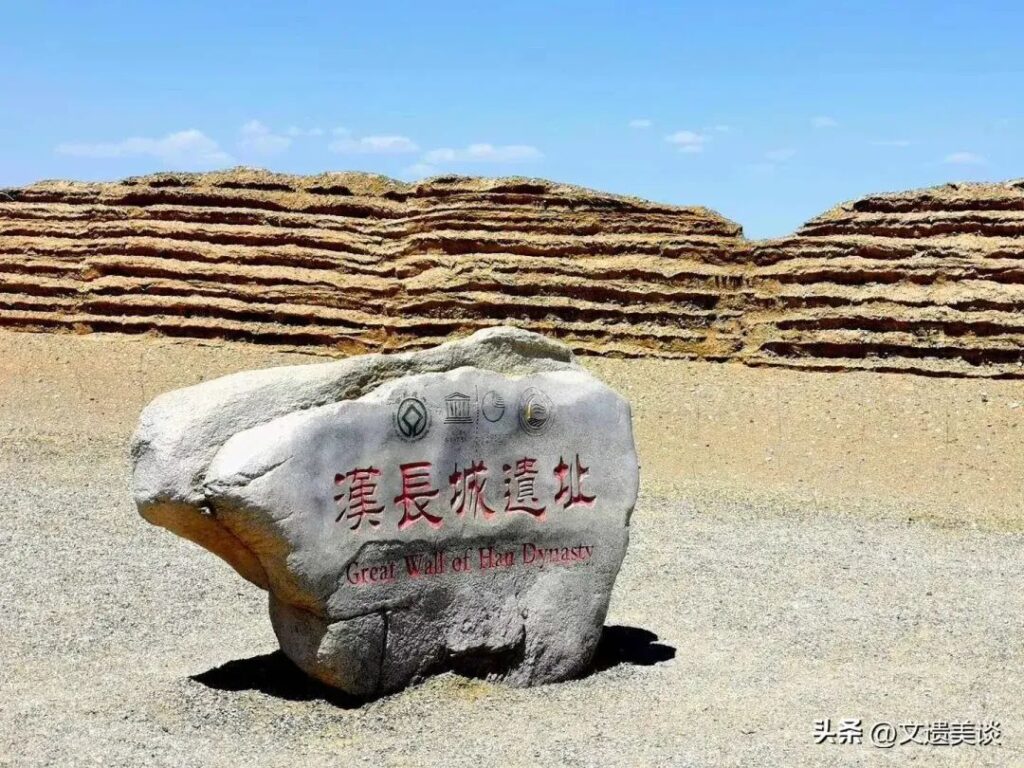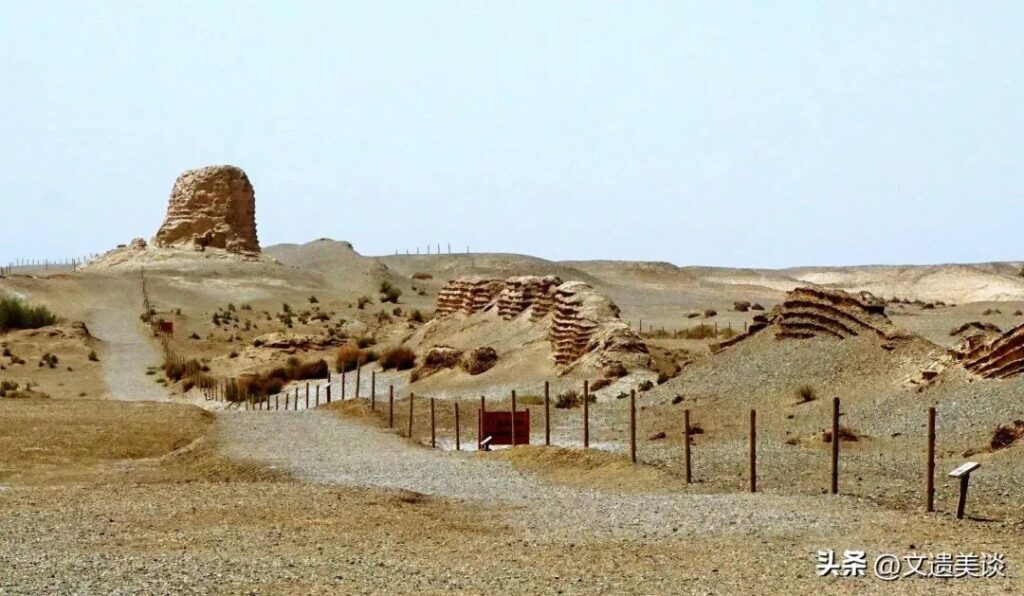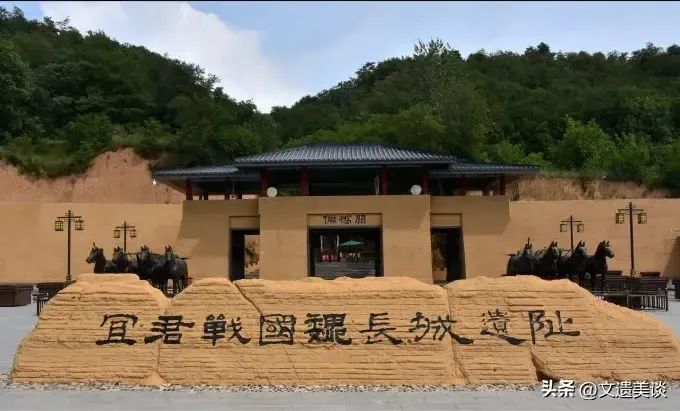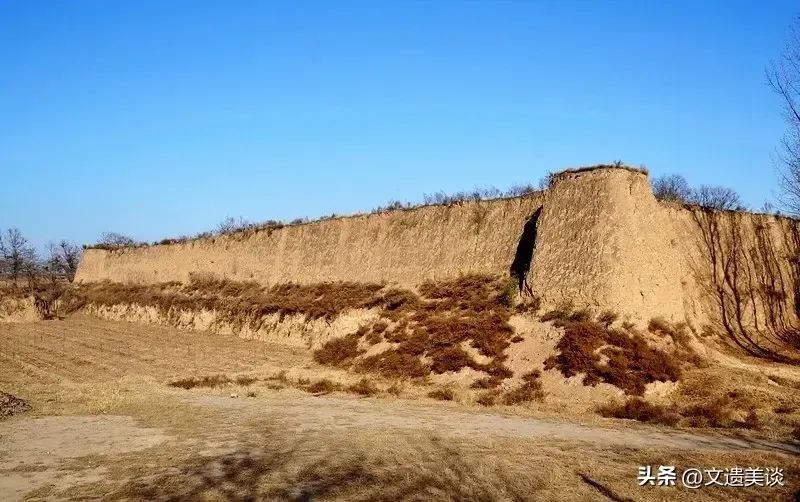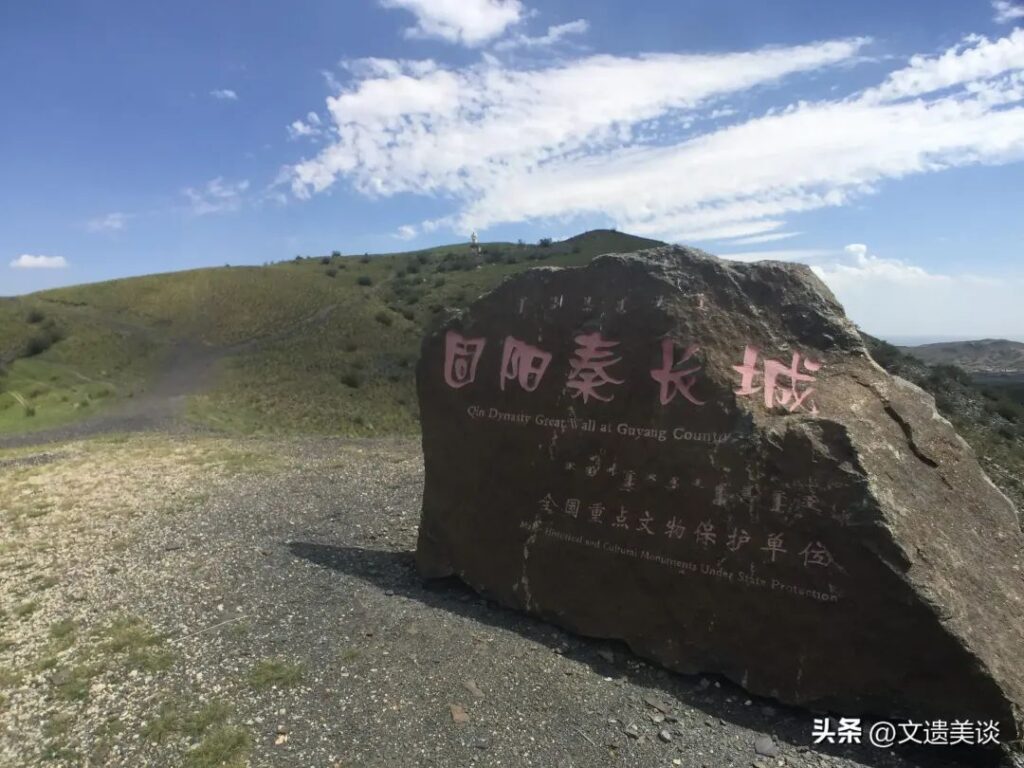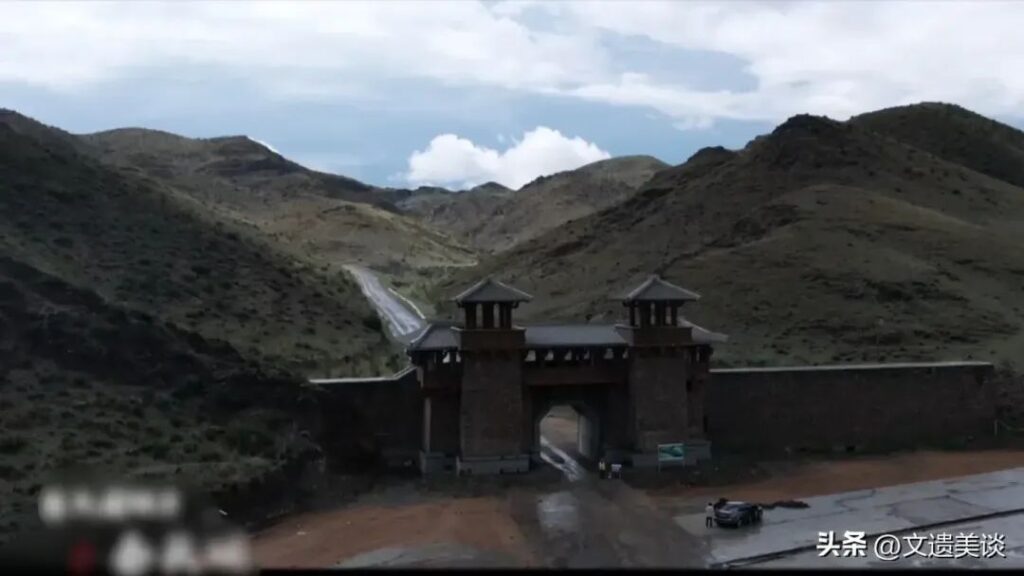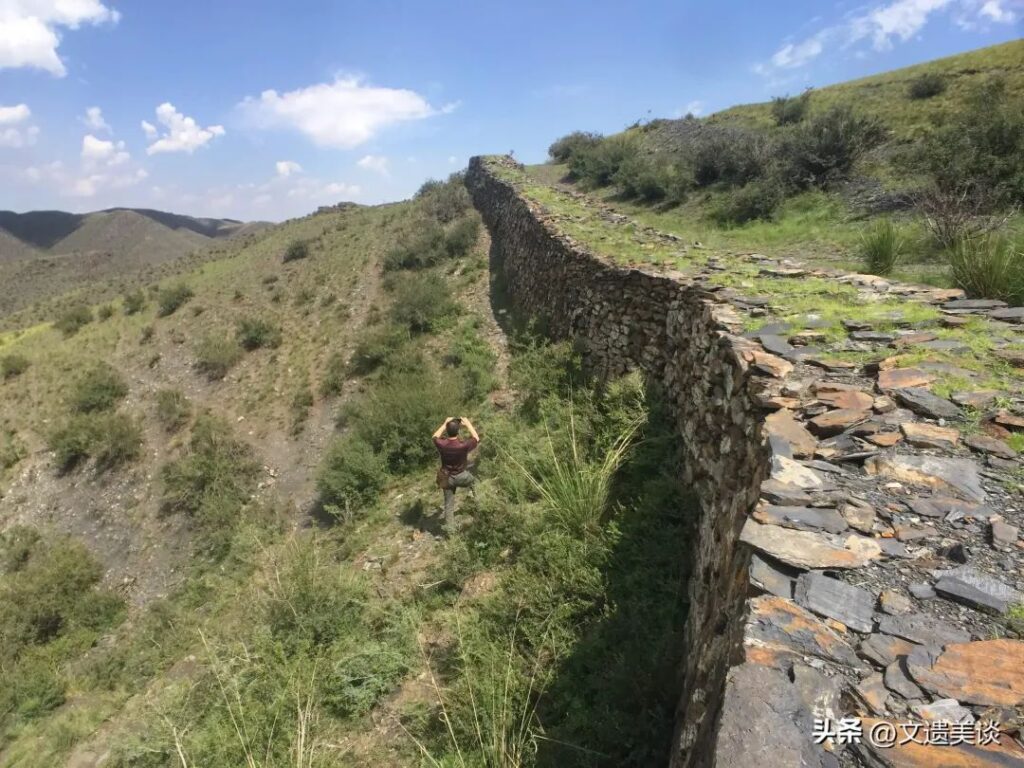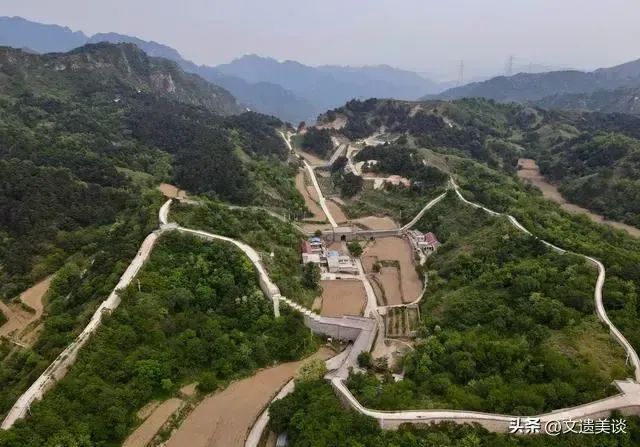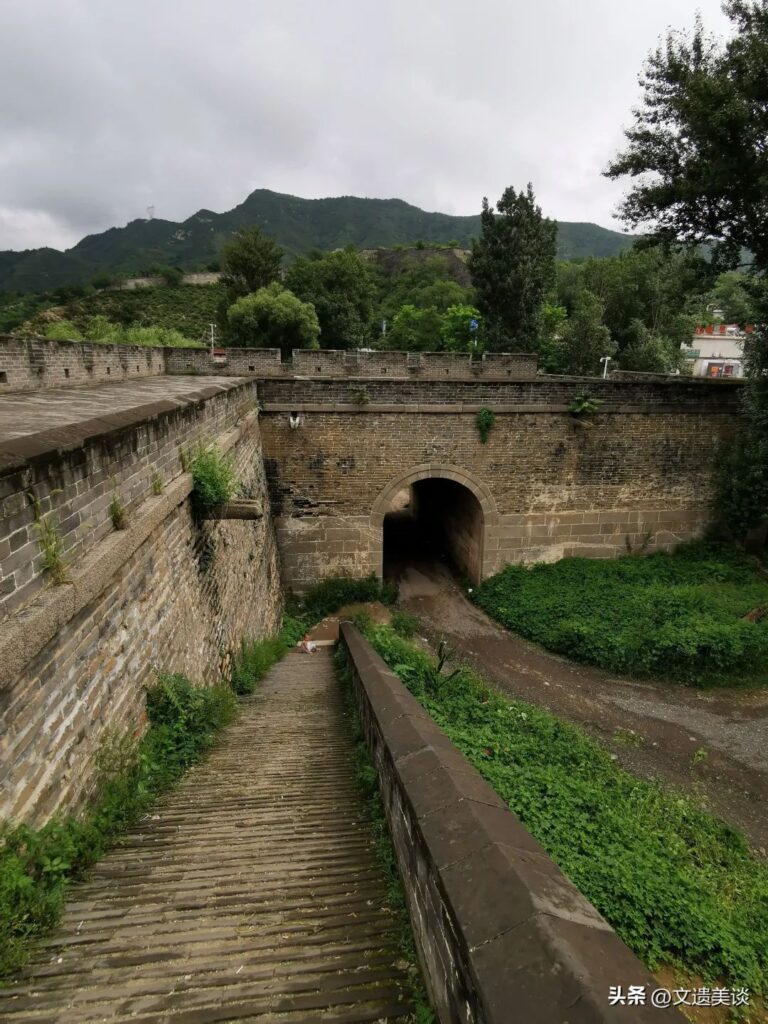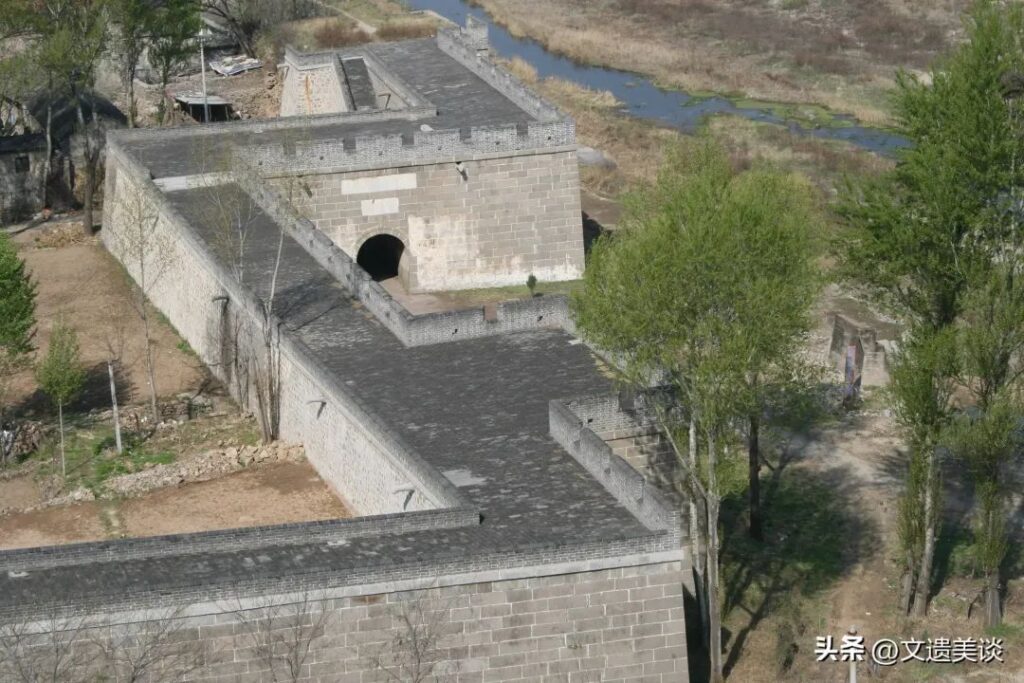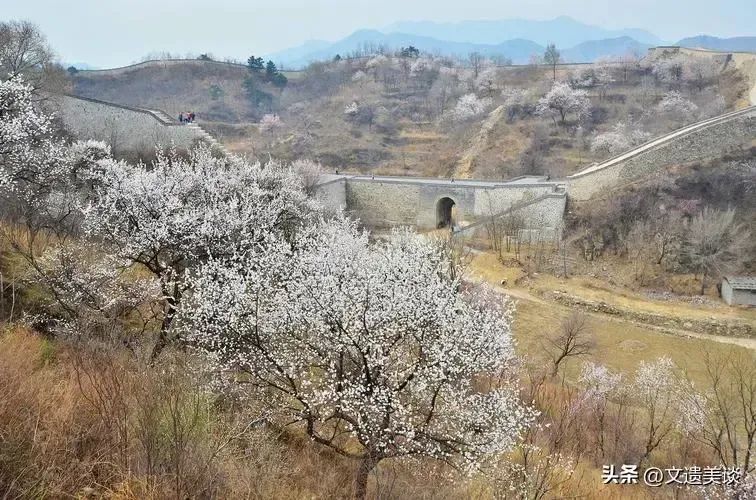In 1987, the Great Wall of China was successfully inscribed on the UNESCO World Heritage List as the first project among China’s initial batch of World Heritage applications.
Spanning across 15 provinces, municipalities, and autonomous regions, including Heilongjiang, Jilin, Liaoning, Hebei, Beijing, Tianjin, Shanxi, Inner Mongolia, Shaanxi, Gansu, Ningxia, Qinghai, Xinjiang, Shandong, and Henan, the Great Wall boasts a total length of 21,000 kilometers.
Today, the surviving relics of the Great Wall primarily consist of walls, trenches, boundary moats, individual buildings, fortresses, and related facilities, totaling more than 43,000 sites.
So, among these numerous relics, which ones are the most worthwhile to visit?

1.Badaling Great Wall, Beijing (First Batch)
Located in the Guandu Ancient Trail of Jundu Mountain, Yanqing District, Beijing, the existing relics of the Badaling Great Wall were initially constructed in 1505 during the Ming Dynasty. With a total length of 650 kilometers, it is the highest point and an essential outpost of the ancient Juyongguan Pass.
In 1987, it was listed as one of China’s top ten scenic spots and is currently a national 5A tourist attraction.
2.Yuntai of Juyongguan Pass, Beijing (First Batch)
Situated within the Changping District, Yuntai was originally the base of a street tower in the Juyongguan Pass. It was first built in 1345 during the Yuan Dynasty, using white marble, and is a representative work of Yuan Dynasty stone carving art.
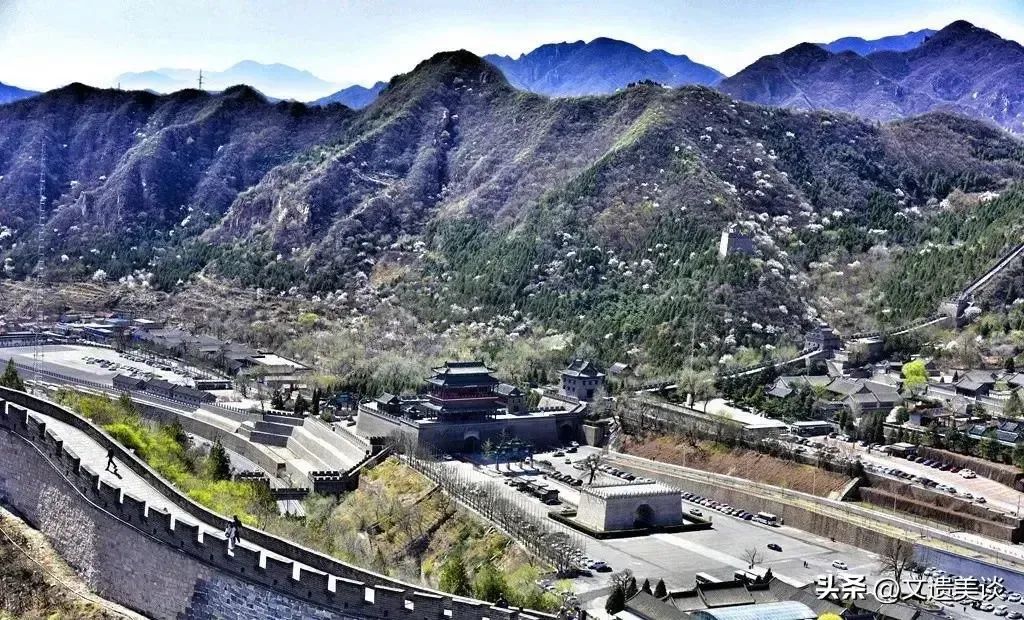

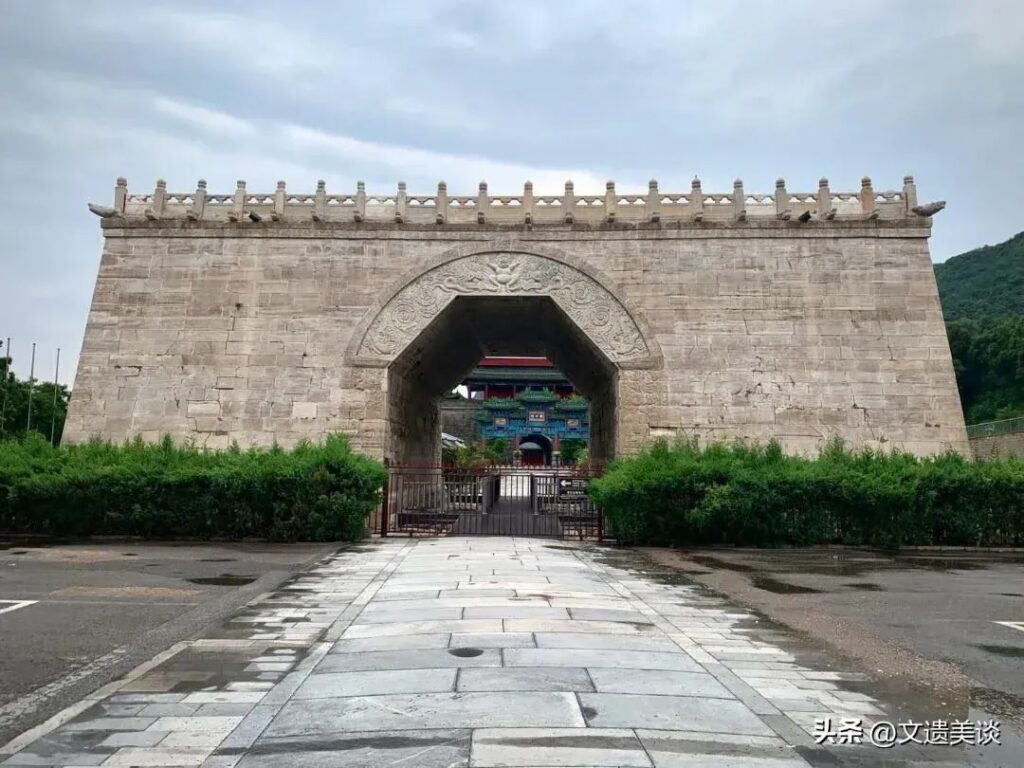
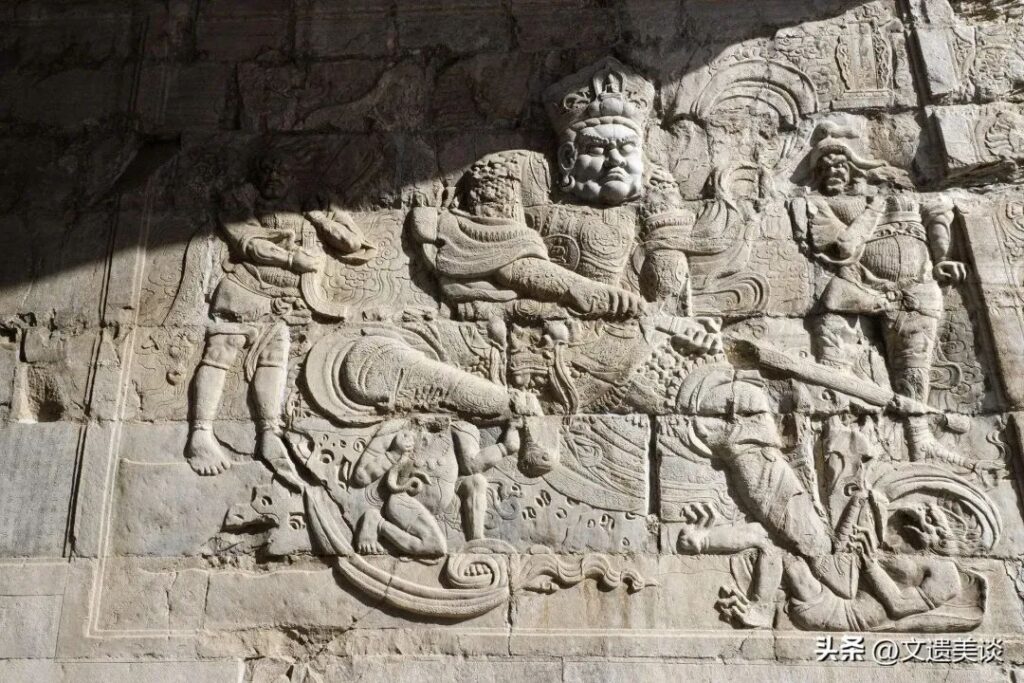
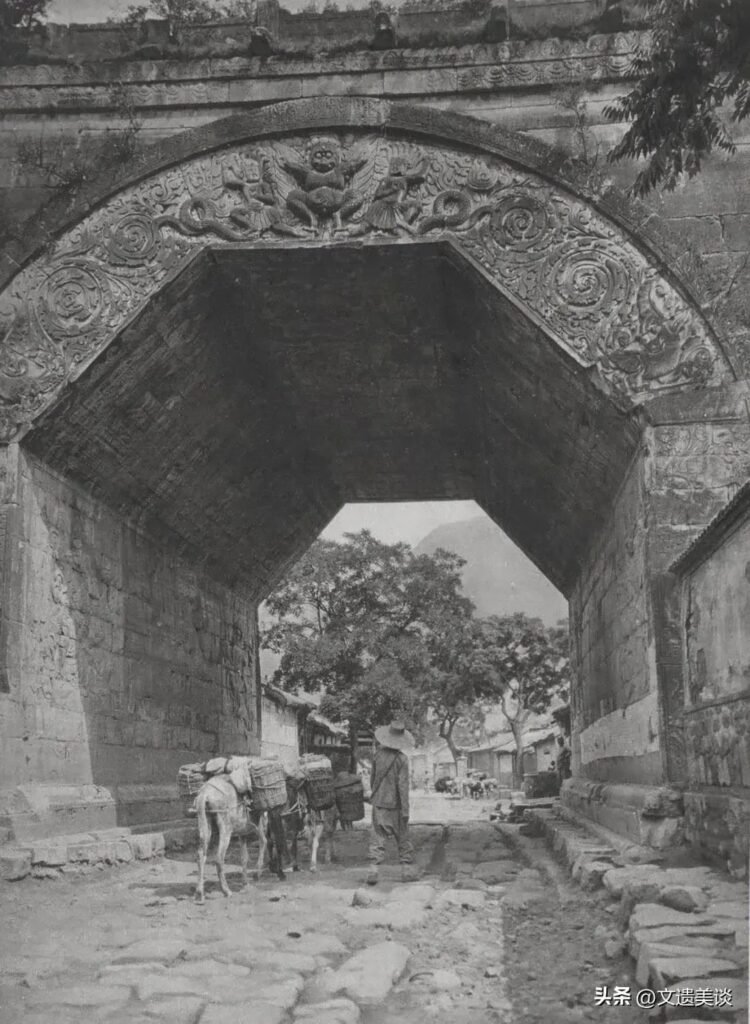
3.Shanhaiguan Pass, Qinhuangdao (First Batch)
Known as one of the “Three Great Wonders” of the Great Wall of China (Shanhaiguan in the east, Zhenbeitai in the center, and Jiayuguan in the west) and the “First Pass Under Heaven,” Shanhaiguan Pass was first constructed in 1381 during the Ming Dynasty.
It is a military stronghold that guards the throat of Northeast and North China. Due to its location between the mountains and the sea, it is named Shanhaiguan and is currently a national 5A tourist attraction.
4.Jiayuguan Pass, Gansu (First Batch)
Jiayuguan Pass, known as the “First and Greatest Pass Under Heaven,” is located in the middle of the narrowest valley 5 kilometers west of Jiayuguan City. It is the largest pass on the existing Great Wall and the largest one in China.
Construction began in 1372 during the Ming Dynasty, and the pass consists of the inner city, outer city, Luocheng, Wengcheng, moat, and the north and south wing walls, with a total length of about 60 kilometers. It is currently a national 5A tourist attraction.
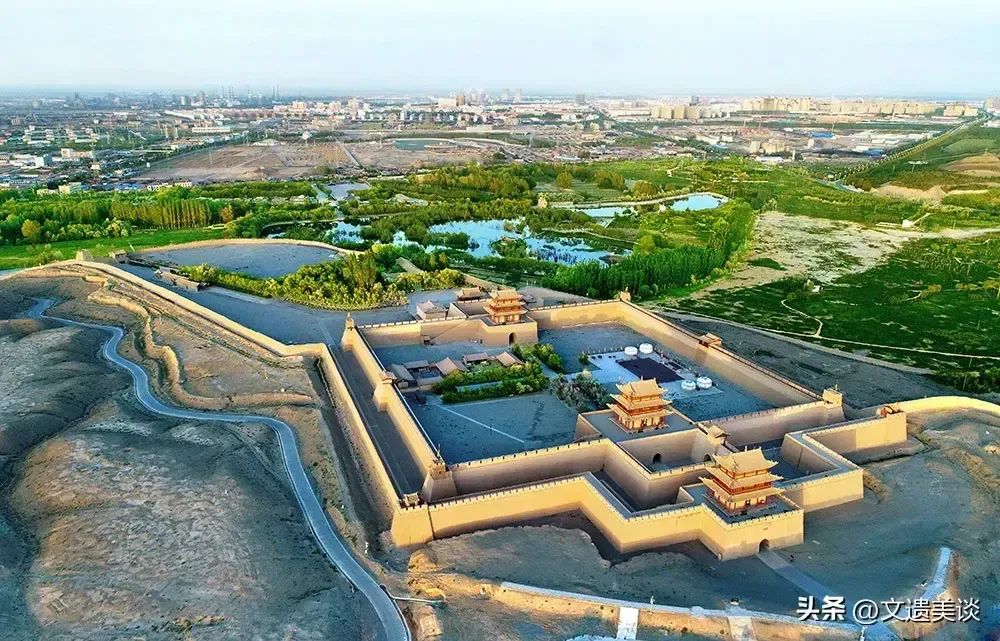
5.Jinshanling Great Wall, Chengde (Third Batch)
Situated on the Dajin Mountain Ridge and Xiaojin Mountain Ridge in Bakeshiying, Luanping County, Hebei Province, the Jinshanling Great Wall was first built in 1567. It is the most complex and densely towered section of the Great Wall, and also the most well-preserved section of the Ming Dynasty Great Wall. It is currently a national 5A tourist attraction.
6.Jiukoumen Great Wall, Liaoning (Fourth Batch)
Located at the border of Huludao City, Liaoning Province, and Haigang District, Qinhuangdao City, Hebei Province, the Jiukoumen Great Wall is known as the “Water Great Wall” due to its unique feature of spanning the Jiujiang River, making it one of a kind among the Great Wall sections.
The construction began during the Northern Qi Dynasty and was expanded in 1381 during the early Ming Dynasty. It is an important pass of the Ming Great Wall and is historically known as the “First Pass of Jingdong.” It is currently a national 4A tourist attraction.
7.Yumen Pass and Great Wall Beacon Tower Ruins, Dunhuang (Third Batch)
Situated on the southern bank of the Shule River at the westernmost end of the Hexi Corridor in Dunhuang City, Gansu Province, Yumen Pass is the westernmost pass of the Hexi Corridor and an important gateway to the Western Regions.
Built around 111 BC, it stands in a natural geographical environment composed of Gobi, desert, rivers, and lake beaches. With the saying “Spring breeze does not pass Yumen Pass,” it is the longest and most well-preserved Han Dynasty Great Wall.
8.Wei Great Wall Ruins, Shaanxi (Fourth Batch)
Located within the territories of Huayin City, Dali County, and Hancheng City in Shaanxi Province, the Wei Great Wall was first constructed in 358 BC, more than 2,300 years ago.
It served as the boundary between the Qin and Wei states during the Warring States period, spanning over 200 kilometers. The wall retains the remains of fortresses and beacon towers, and is entirely built with rammed earth, making it very solid and well-preserved.
9.Qin Great Wall Ruins, Guyang, Inner Mongolia (Fourth Batch)
The construction of the Qin Great Wall in Guyang began in 215 BC after the unification of the Qin Dynasty. It served as a garrison for the Qin troops and a town for the stationed farmers.
With a total length of 120 kilometers, the wall follows the mountains and takes advantage of the terrain, using locally available materials. The wall is mostly built with alternating layers of thick, dark brown stone slabs, with a beacon tower every 1,000 meters.
Main attractions include the legend of Meng Jiangnu crying on the Great Wall, Yin Mountain rock paintings, the statue of Wei Qing, Meng Tian’s command platform, beacon tower ruins, and the historical site where thousands of Xiongnu arrows pierced the stones.
10.Zijingguan Pass, Hebei (Fourth Batch)
Located on the Zijing Ridge in Yi County, Baoding City, Zijingguan Pass is a stone city with nine gates and nine passes, known as the fourth of the nine strategic passes under heaven. It was called Shangguguan during the Qin and Han Dynasties, and later named Zijingguan after the Yuan Dynasty. It is known as the “First Heroic Pass South of the Capital.”
The construction of Zijingguan Pass began during the Warring States period. From the Ming Dynasty onwards, the city gates and walls were built with large stone blocks. The existing buildings are mostly from the Ming Dynasty ruins.
